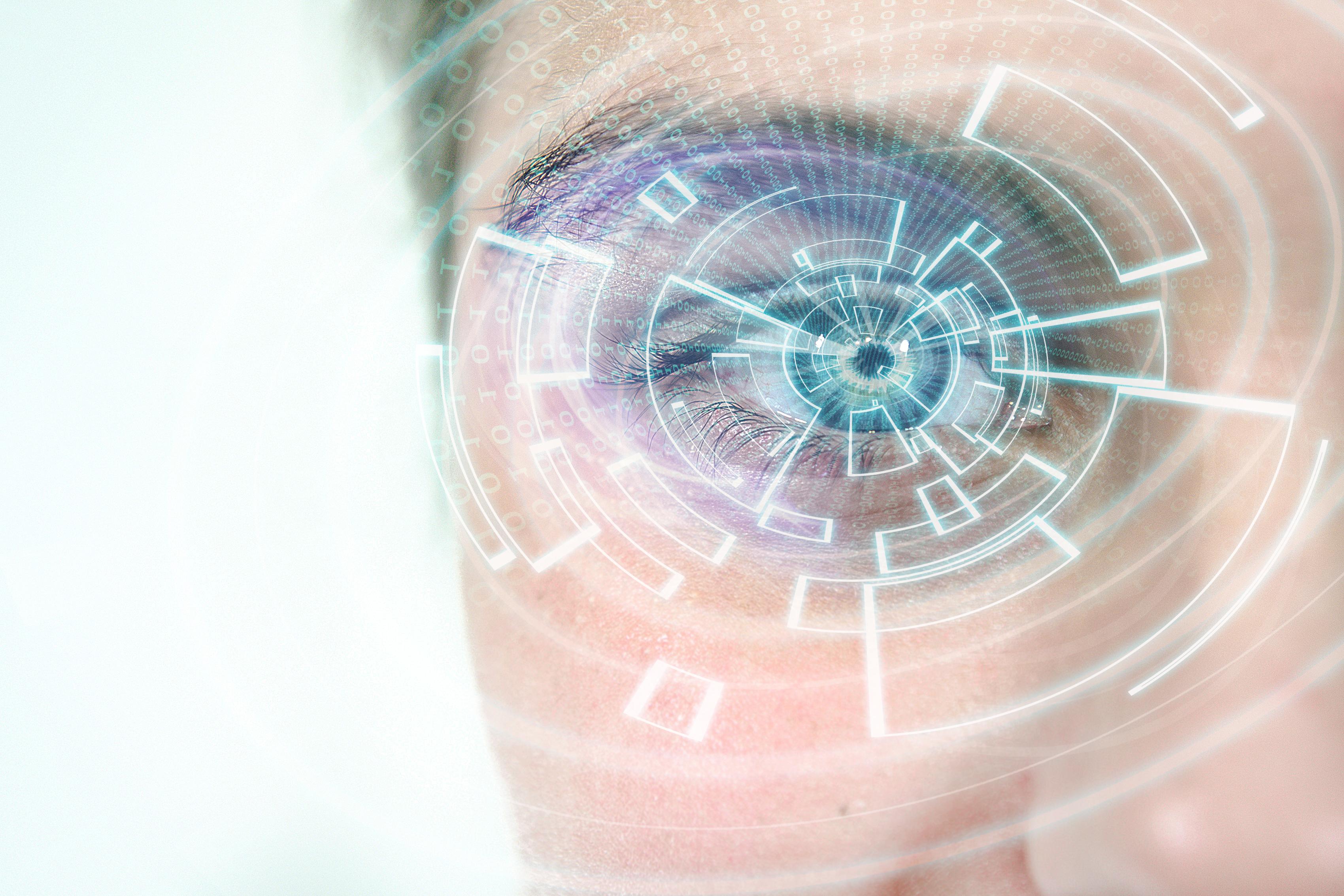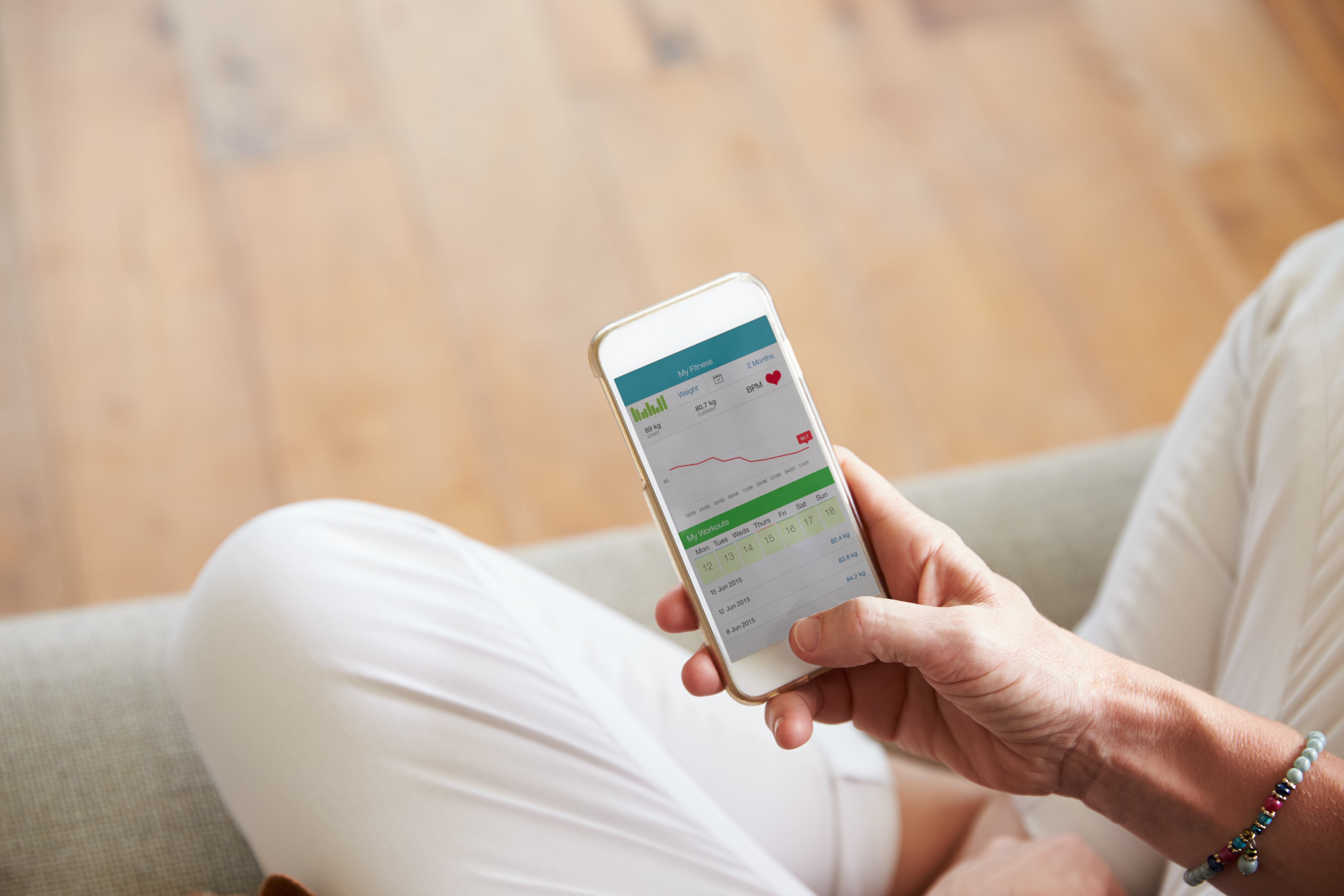Statistics by the Organisation for Economic Education and Development (OECD) show average life expectancies in European countries have steadily increased over the last 30 years, and in France for example, it is now as high as 86.
This increase in average life expectancy is heightening the pressure on healthcare systems that must now deal with the economic and resourcing challenges that come with having to look after an ageing population for longer. With a night in a hospital bed currently costing the UK NHS around £400(US$ 499.06) a day the need to revaluate traditional models of healthcare is essential.
What if patients could be reliably treated and cared for at home, fully supported by medical staff and monitored remotely in the same way as they are in hospital? By my calculations this could reduce the average cost per patient by as much as 60%.
Healthcare providers must start seriously considering IoT-enabled connected home innovations and Virtual Reality (VR), as a form of care that will allow more patients to stay in their homes and reduce the strain on hospitals and doctors surgeries across the world, says Collette Johnson, director of Medical, Plextek.
Vulnerable people and those with long-term health conditions require stability in the monitoring of their health and would therefore benefit from being reintroduced to a normal lifestyle at home, rather than constant hospital visits. Home health monitoring will give them the peace of mind they are looking for, while allowing the patient to get back to a normal way of life as soon as possible.
However, in order to completely facilitate this vision of connected home healthcare a number of policy changes will need to occur. Device manufacturers as well as the government will need to think on a more functional level about the education needed to ensure patients can navigate any potential difficulties they might have using home health devices to self-monitor, as well as how best to provide advice on their results.
At the design level, deciding what form home health devices should take and their ability to fit naturally into everyday consumer lifestyle must also be considered. Manufacturers would have to be considerate of the patients privacy when introducing these devices into their lives in the home and stringent guidelines would need to be implemented with regards to the security and ownership of patient data.
By making home health devices as discrete as possible it will ensure patients are able to feel ‘normal’, without risking any further complications to their health.
These kind of wearable devices and home sensors are already available, they’re just not widely known about. However, once these policy changes have occurred and there is increased up-take in this kind of technology there is no doubt that we will begin to see the end of the 9am – 5pm healthcare system.
Although we will still need the visibility of our doctors we will no longer be reliant on a physical place to see them. Waiting times and cost could be dramatically reduced across the world as well as treatment taking place faster and therefore patients can return to health more quickly.
The author of this blog is Collette Johnson, director of Medical, Plextek
Comment on this article below or via Twitter: @IoTNow_ OR @jcIoTnow










